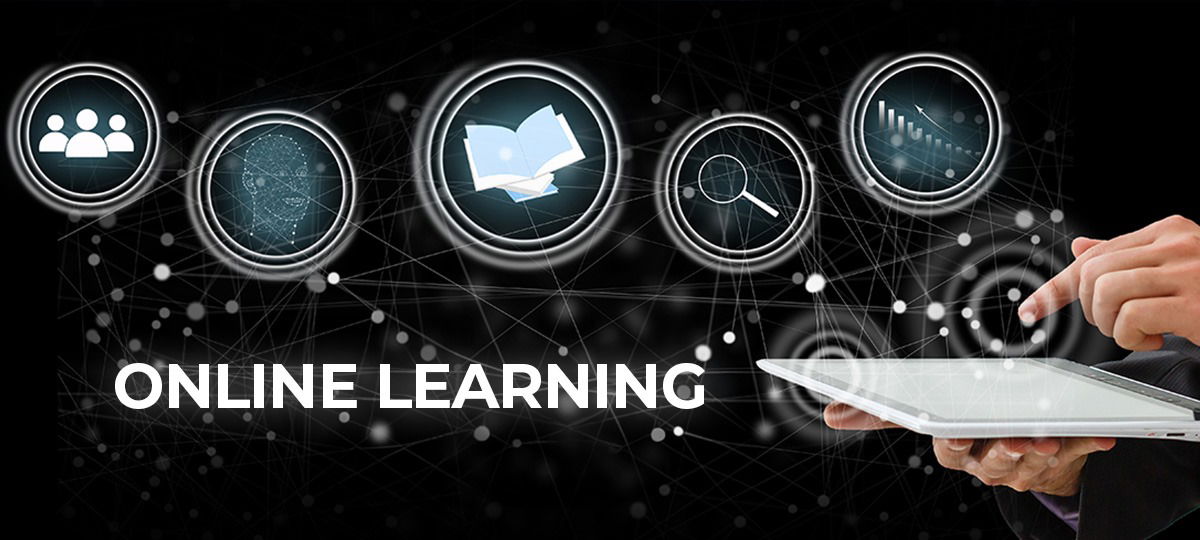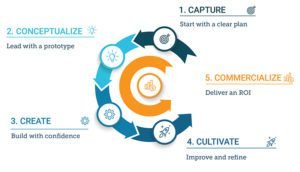In today’s competitive business landscape, organisations understand the importance of continuous learning and professional development for their employees. As such, corporate e-learning has emerged as a powerful tool to enhance learning experiences within the workplace.
In this blog, we will explore some key strategies that can help organisations create engaging and effective corporate e-learning programmes. Imarticus Learning offers comprehensive e-learning solutions that can help you achieve your objectives for corporate e-learning.
1. Interactive Content Creation
One of the fundamental elements of an effective employee training program is interactive content creation.
- Traditional learning methods often involve passive consumption, which may lead to disengagement and limited knowledge retention.
- However, through interactive elements such as quizzes, simulations and gamification, learners can actively participate in their education process.
- Interactive content not only promotes engagement but also provides immediate feedback on performance.
- For example, through scenario-based simulations, employees can apply their knowledge in real-life situations and receive instant feedback on their decision-making abilities.
2. Personalised Learning Paths
We all have different learning preferences and levels of expertise. Therefore, organisations need to provide personalised learning paths that cater to individual needs and goals.
- By leveraging technology, corporate e-learning platforms can analyse learners’ progress, interests, and skill gaps to recommend relevant courses or modules.
- Personalised employee training programs can empower them to take control of their development journey while ensuring they receive the right content at the right time.
- For instance, a finance professional interested in data analytics could be directed towards courses on financial data analysis or business intelligence tools.
3. Social Learning and Collaboration
Learning is not a solitary activity; it thrives in a social context.
- By incorporating social learning and collaboration features into corporate e-learning programmes, organisations can foster a sense of community and encourage knowledge sharing among employees.
- Forums, discussion boards, and virtual classrooms enable learners to interact with their peers, ask questions and exchange ideas.
- This collaborative approach not only enhances the learning experience but also promotes teamwork and problem-solving skills.
4. Adaptive Assessments and Feedback Loops
Traditional assessments often follow a one-size-fits-all approach, which may not accurately reflect an individual’s knowledge or progress.
- Adaptive assessments, on the other hand, dynamically adjust the difficulty level based on learners’ responses, providing a more accurate measure of mastery.
- By using adaptive assessments within corporate e-learning programmes, organisations can identify skill gaps at an individual level and offer targeted interventions for improvement.
- Continuous feedback loops further enhance the learning process by guiding learners towards areas that require further attention.
- With Imarticus Learning’s adaptive assessment tools, organisations can track employees’ progress effectively and tailor their training accordingly.
Reinventing Learning with Imarticus Learning
Enhancing corporate learning experiences requires a multi-faceted approach that incorporates interactive content creation, personalised learning paths, social learning opportunities and adaptive assessments.
By implementing these strategies within their employee training programs, organisations can create engaging and effective training experiences for their employees. Imarticus Learning offers comprehensive corporate e-learning solutions designed to meet your organisation’s training objectives.
If you want to enhance your workforce’s skills, consider exploring Imarticus Learning’s e-learning solutions. With our corporate learning programmes, you can unlock the full potential of your organisation and achieve your objectives for corporate e-learning. Visit our website today to learn more and get started on your journey to success.




 E-learning development training
E-learning development training